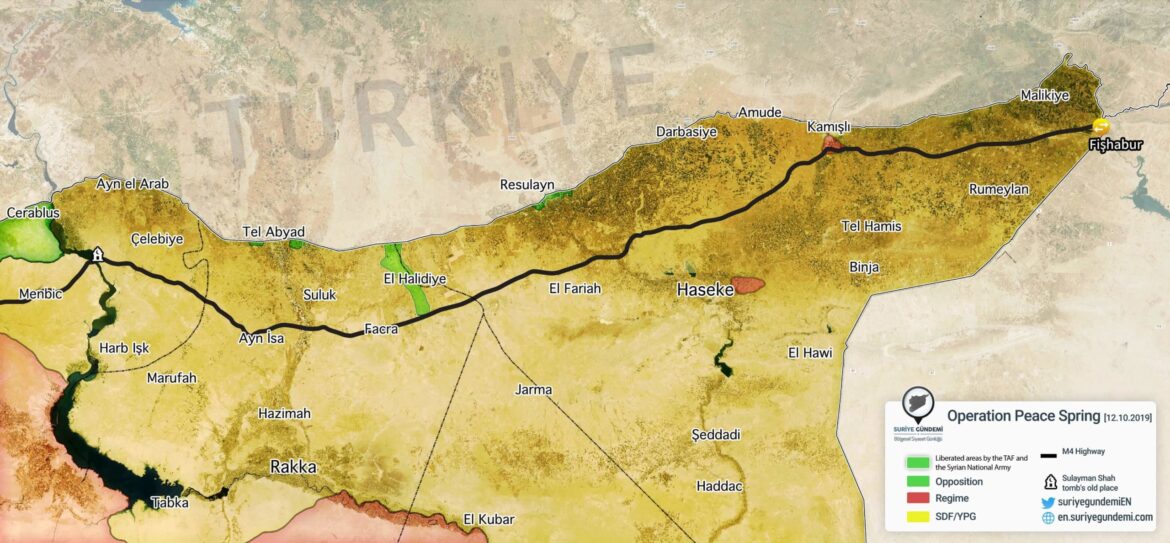Hassan Marwan
The current conditions are similar to those of the First World War in terms of changing alliances and geopolitical tensions.
By comparing some historical and contemporary events, we can observe striking parallels Historically, the relations between the Ottoman Empire and Britain were so close that the logo of the Ottoman Sultanate was designed by Queen Victoria as a gift. However, during World War I, the Ottoman Sultanate turned against its ally Britain and joined Germany through the Baghdad-Berlin Railway agreement. This shift led to the Ottoman Empire’s disintegration and eventual collapse
Will the Silk Road Mark the Downfall of Countries and Kings in the New Era of China ?
Today, the international arena is witnessing similar movements, as China seeks to expand its economic and geopolitical influence through the “One Belt, One Road (OBOR)” initiative. This initiative involves substantial investments in communication infrastructure between Asia, Europe, and Africa, with sixty-eight countries participating. China’s annual spending on this initiative is about $150 billion.
China faces significant challenges due to production overcapacity and needs new markets to sustain its economic control. Through the OBOR route, China aims to establish an infrastructure and trade network that links it to the world, positioning itself as the foremost economic competitor to the United States.
Economic Wars and Their Transformations
The critical aspect of these conflicts is economic warfare and its transformations. The current conflict centers on discovering and exploiting industrial resources, searching for new markets, and achieving economic dominance. Global powers are fiercely competing to access these new markets and secure vital economic resources, making the New Silk Road a significant challenge for today’s countries and leaders.
Iran and Turkey’s Political Opportunism in Syria
Syria, a historic corridor of the ancient Silk Road, holds a strategic position in this initiative. China seeks to reshape alliances and control vital trade routes in northwestern Syria and areas controlled by the Damascus government. In this context, Iran and Turkey are key players in controlling land routes in Syria. Turkey controls roads under the Syrian opposition’s control, while Iran manages trade routes between Syrian provinces. These maneuvers come with the approval of key project participants, including the UAE, Saudi Arabia, and Russia, reflecting a consensus on the importance of strengthening cooperation with China to achieve their economic interests.
M4 Routes in Northwest Syria and the Gulf Countries’ Role
Turkey plays a vital role as a link to Europe and will benefit from the new economic crossing points through Syria, including the Bab al-Salama crossing on the Gaziantep-Aleppo Road. This connection also includes linking Gaziantep airport to Aleppo airport, a project Turkey was financing before the war in Syria, and the Tal Abyad crossing to the Abu Zinden crossing, and from the Bab al-Hawa crossing to the port of Latakia. Turkey’s importance lies in providing vital trade and logistics corridors through Syria, reinforcing its key economic and commercial role in the region.
The Gulf states, especially Saudi Arabia and the UAE, have shifted from partners to markets and warehouses for Chinese goods.
Their expanding relationship with China may negatively affect their international economic standing strategically.
Astana: A Tool of Russian and Iranian Influence
The Astana track demonstrates that all parties seek to control Syria’s vital and commercial roads, and the battle for influence on the New Silk Road has begun.
This struggle has altered the international stance on Bashar al-Assad’s rule and led to agreements among international parties, particularly the UAE and Saudi Arabia, with Russia and Turkey.
China’s ambitions have also contributed to the reopening of embassies between Iran, Saudi Arabia, and Damascus, reflecting a shared desire to capitalize on economic opportunities presented by China’s substantial investments. The dynamics indicate that the primary goal is not only political control but also leveraging the economic opportunities that China offers.
Conclusion
In conclusion, the New Silk Road is not just a trade route but an arena for geopolitical and economic conflicts that shape the paths of power and influence among countries.


